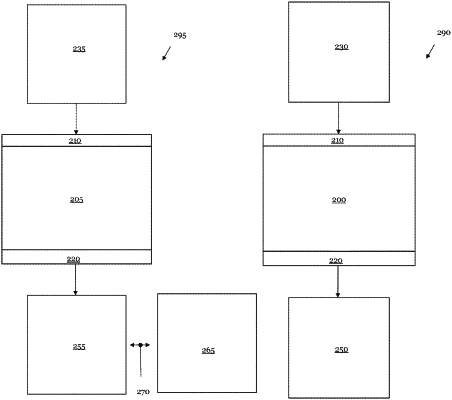| CPC G03F 7/705 (2013.01) [G06N 20/00 (2019.01)] | 22 Claims |

|
1. An apparatus for analyzing a first photomask, the apparatus comprising:
a. a scanning particle microscope for measuring first image data of the first photomask; and
b. a computer system comprising a transformation model configured to transform the first image data into second image data that represents a prediction of an image of the first photomask measured by an optical measuring tool if the optical measuring tool were used to measure the first photomask, wherein the image represented by the first image data comprises at least 32×32 pixels, wherein the transformation model comprises at least one encoder block for determining information-carrying features from the first image data and at least one decoder block for producing the second image data, and wherein the transformation model enables an assessment of the first photomask without the first photomask needing to be transported and aligned with respect to the optical measuring tool;
c. wherein the transformation model has been trained using a multiplicity of first training data and second training data,
wherein the first training data comprise data obtained by using the scanning particle microscope to measure a set of at least one photomask, and the second training data comprise image data obtained by using the optical measuring tool to measure the set of at least one photomask,
wherein the transformation model is trained by:
applying the transformation model to the first training data to generate third image data that represents a prediction of at least one image of the set of at least one photomask measured by the optical measuring tool,
comparing the third image data with corresponding fourth image data in the second training data, wherein the fourth image data represents the at least one image of the set of at least one photomask measured by the optical measuring tool, and
modifying parameters of the transformation model based on the comparison of the third image data with the corresponding fourth image data.
|